Registrations Open for the International Coffee Tasting 2016, the World Coffee Tasting Competition
The eighth edition of the International Coffee Tasting will be held in Brescia (Italy) on October, 18-19. The commissions of the International Institute of Coffee Tasters (iiac), the scientific and independent association that concentrates exclusively on the sensory analysis of the coffee, will meet in Brescia to evaluate samples of coffees coming from all over the world.
International Coffee Tasting 2016 accepts coffee in all different styles, from espresso beans to capsules, from pods to filter coffee. Each company participating to the competition will receive its ranking and the sensory profile of its own product. The winners will be entitled to use the official logo of the competition on the winning products.
The international Coffee Tasting 2016 is open to coffee roasters from all around the world. Coffee roasters can submit their applications within the 1st of October.
The competition is organized by International Institute of Coffee Tasters (Iiac) with the cooperation of the Italian Tasters – Centro Studi Assaggiatori (Csa) and the support of Iiac Japan, Iiac Korea, Iiac Taiwan and Iiac China under the patronage of the International Academy of Sensory Analysis (Iasa).
More information:
- competition presentation
- competition rules and application forms
- a short clip about the International Coffee Tasting 2014
- contact person: Carlo Odello (carlo.odello@italiantasters.com)
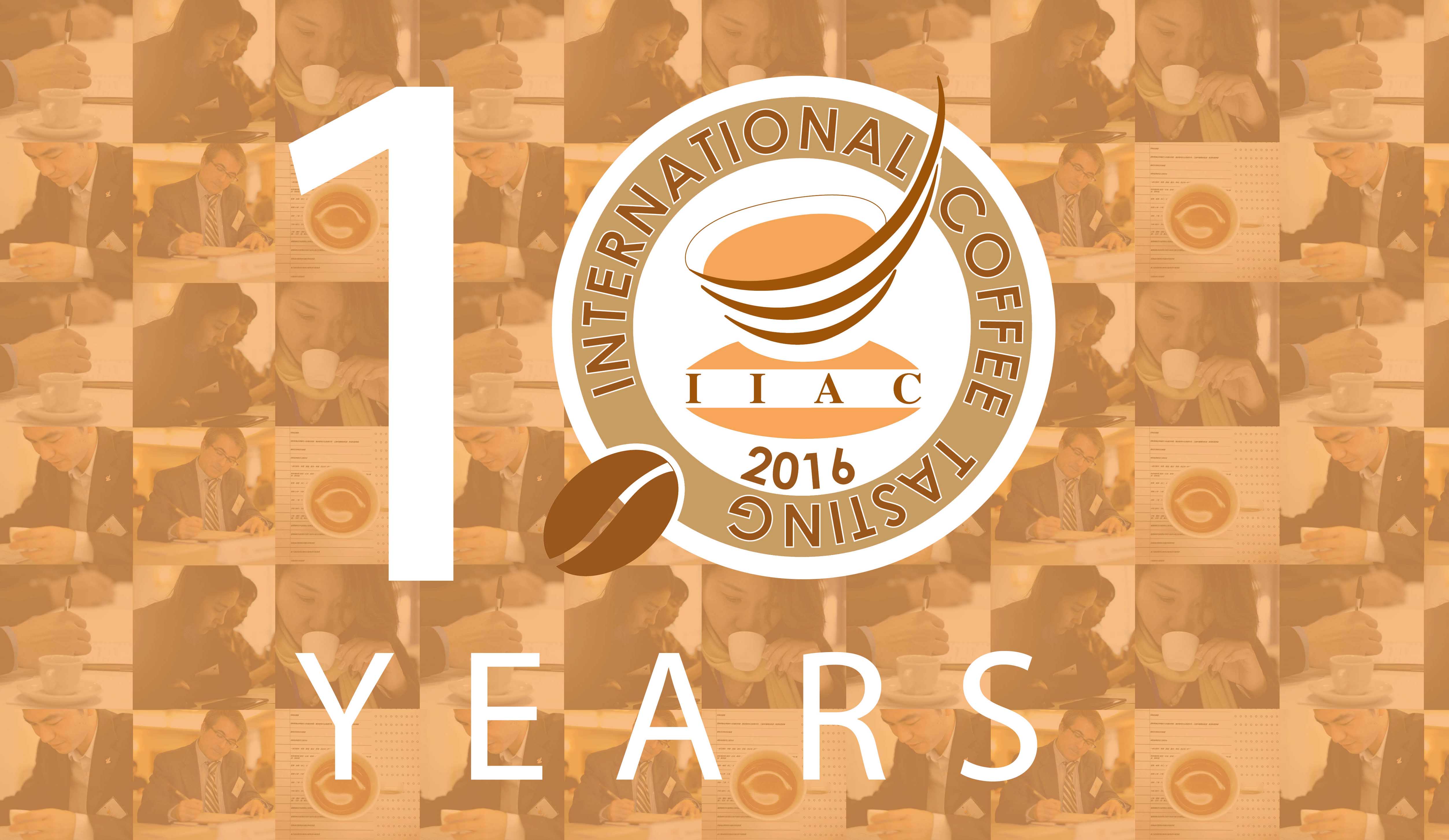

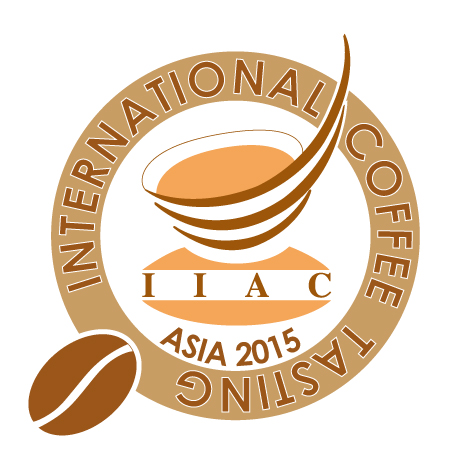 International Coffee Tasting Asia 2015 returns on the 1st and 2nd December. This international competition is unique in that in order to select the best coffees it relies exclusively on the modern sensory analysis. The 2015 edition, which will be held in Taiwan, is organised by the local branch of the International Institute of Coffee Tasters (Iiac) with technical and scientific support from the CSA Italian Tasters.
International Coffee Tasting Asia 2015 returns on the 1st and 2nd December. This international competition is unique in that in order to select the best coffees it relies exclusively on the modern sensory analysis. The 2015 edition, which will be held in Taiwan, is organised by the local branch of the International Institute of Coffee Tasters (Iiac) with technical and scientific support from the CSA Italian Tasters.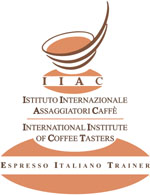 New certification sessions for Italian Espresso and for Espresso Italiano Trainers will take place in Italy from the 19th to the 22nd October 2015, just before the international trade show Host.
New certification sessions for Italian Espresso and for Espresso Italiano Trainers will take place in Italy from the 19th to the 22nd October 2015, just before the international trade show Host.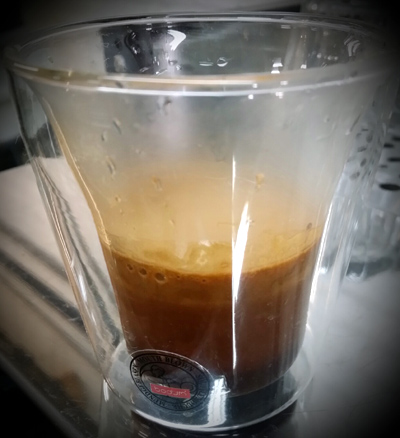
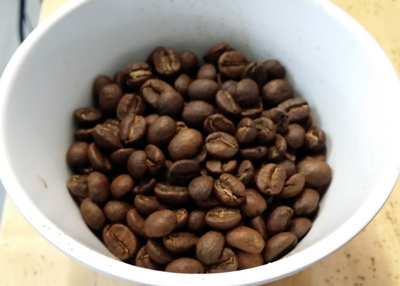




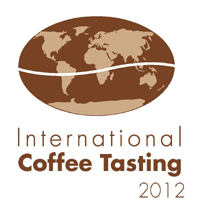 Brescia, 7 november – The fourth edition of the International Coffee Tasting held in Brescia on the 29th and 31st October has closed. Coffees from all around the world have been challenging each other. 26 judges from 11 countries were given the task of assessing as many as 113 coffees from 13 countries: the winning products of the competition were chosen from a truly international selection (Editor’s note: the list is below).
Brescia, 7 november – The fourth edition of the International Coffee Tasting held in Brescia on the 29th and 31st October has closed. Coffees from all around the world have been challenging each other. 26 judges from 11 countries were given the task of assessing as many as 113 coffees from 13 countries: the winning products of the competition were chosen from a truly international selection (Editor’s note: the list is below).
